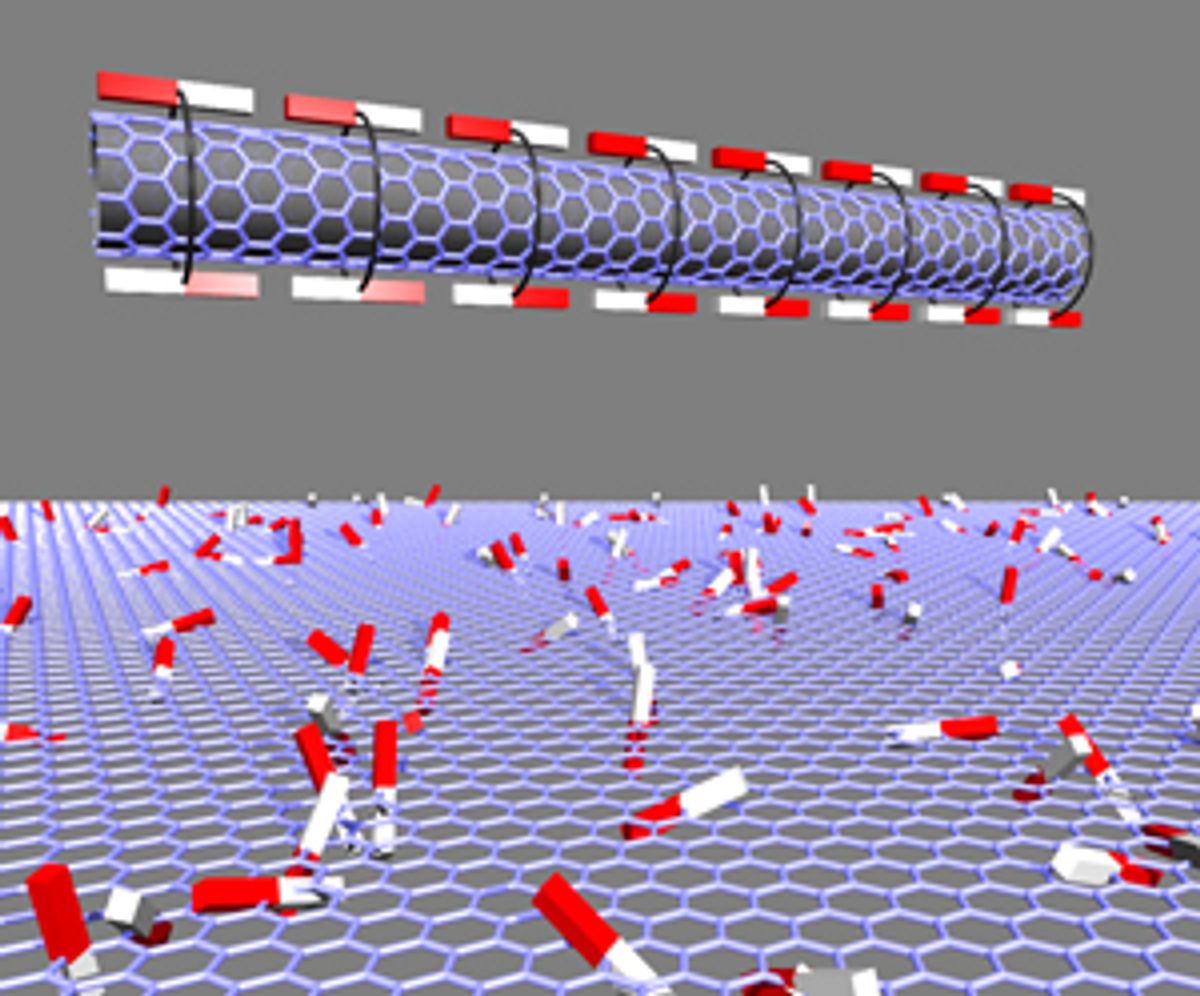Perhaps two of the most important recent developments in advanced materials for electronics have been giant-magneto resistance (GMR) and graphene.
While the GMR phenomenon was identified over twenty years ago, it wasn’t until 2008 that it garnered a Nobel Prize for its discoverers. However, in the years between its discovery and its Nobel Prize recognition it transformed hard-disk drive (HDD) memories into the terabyte stratosphere of today from the few gigabyte level they were at just a decade ago.
Graphene didn’t have to wait twenty years for its discoverers to earn a Nobel Prize. It managed to do that in just six years.
Whether there is something to the shorter elapsed time, I am not sure. But where GMR use of “spintronics” as opposed to “electronics” has remained in the HDD component of the computer, research is now showing that graphene may be able to extend spintronics into other areas of computers.
While the term “graphene” is oddly never used in the article on this research, graphene has not been considered a prime candidate for advancing spintronics because when it is laid out flat the electrons do not affect the spin and its direction remains random rather than patterned.
"However, our results show that if the graphite layer is curved into a tube with a diameter of just a few nanometers, the spin of the individual electrons are suddenly strongly influenced by the motion of the electrons. When the electrons on the nanotube are further forced to move in simple circles around the tube the result is that all the spins turn in along the direction of the tube", explain the researchers Thomas Sand Jespersen and Kasper Grove-Rasmussen at the Nano-Science Center at the Niels Bohr Institute.
The research, which was originally published in the journal Nature Physics, breaks out of the long-standing belief that this phenomenon could only be achieved with a single electron on a “perfect carbon nanotube.”
The researchers have not only demonstrated that this kind of alignment can be achieved with any number of electrons and with carbon nanotubes that have defects and impurities, but also have shown that you can control the strength of the effect and even turn it off completely.
These developments make a path to real-world applications seem far clearer.
Dexter Johnson is a contributing editor at IEEE Spectrum, with a focus on nanotechnology.




